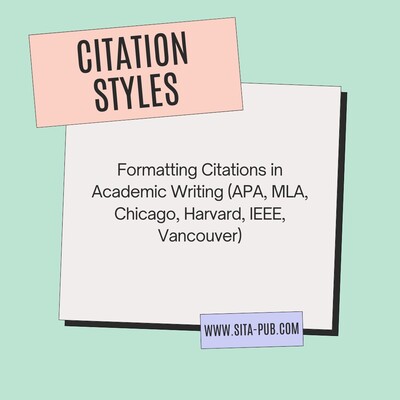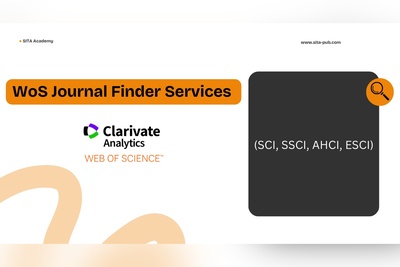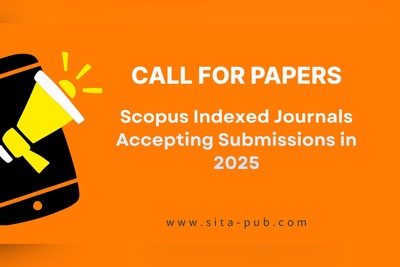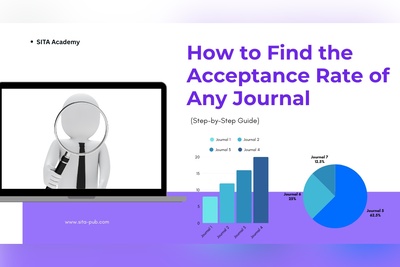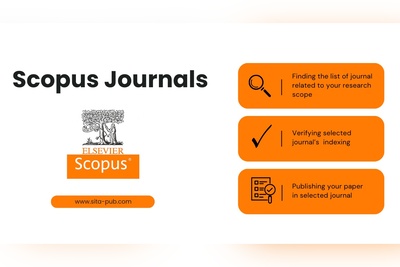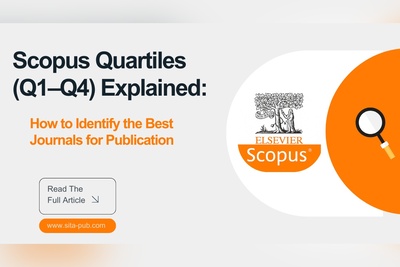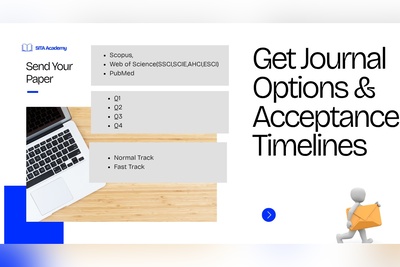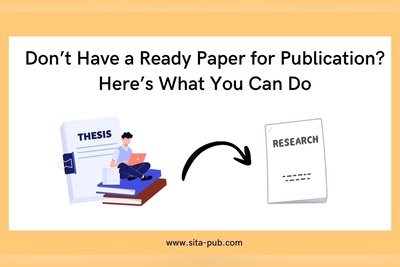Scopus Formatting Guidelines
Properly formatting your research paper according to Scopus journal guidelines is critical for successful publication. Adhering to author instructions ensures professionalism, prevents rejection, and streamlines peer review and publication. Learn essential formatting tips for each manuscript section.
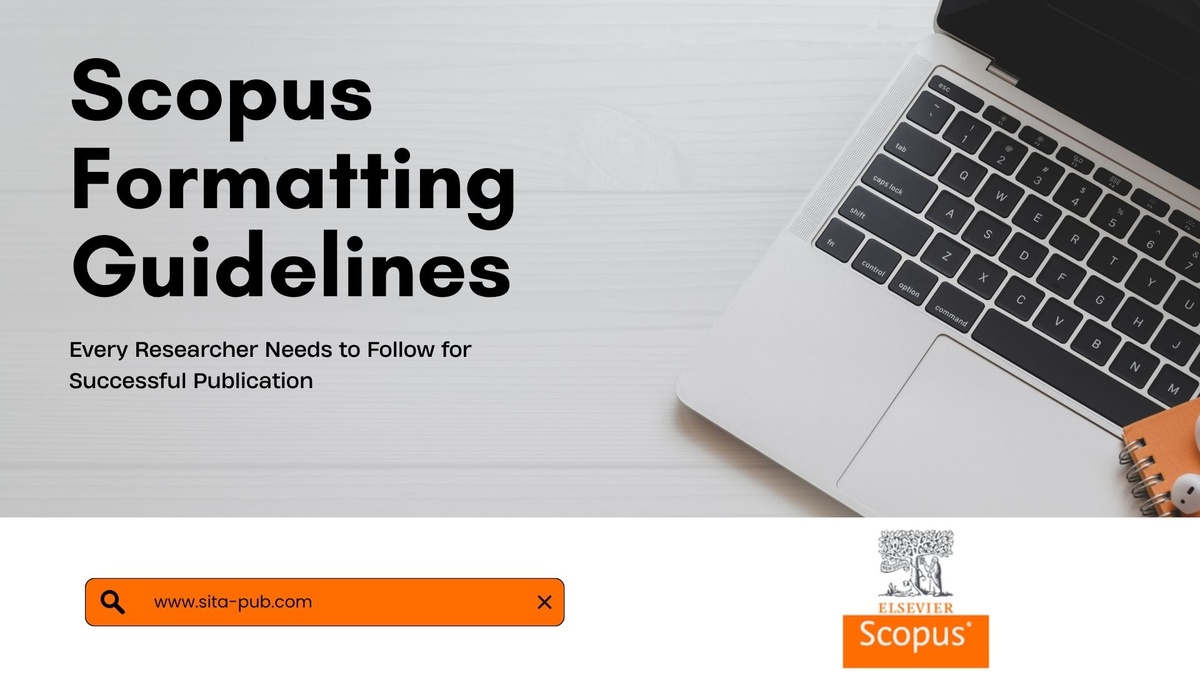
After you’ve successfully selected the right journal for your research paper, the next most important step is ensuring your manuscript meets the formatting guidelines set by the journal. Proper formatting is critical because it directly influences the reviewers’ and editors’ perception of your professionalism and the quality of your work. More importantly, failure to adhere to these guidelines often results in immediate desk rejection or delays in the publication process.
In this article, we will walk you through the key components of formatting your paper for Scopus-indexed journals, explain what each section means, and provide practical advice on how to follow these guidelines effectively.
Why Formatting Guidelines Matter After Journal Selection
Once you’ve identified your target Scopus journal—considering factors like scope, indexing, quartile, and acceptance rate—the manuscript formatting becomes your next crucial focus.
Why?
First Impressions Count: Editors and reviewers often judge the professionalism of your work by how well it is formatted.
Avoid Desk Rejection: Many journals automatically reject manuscripts that don’t follow their formatting requirements.
Streamline Peer Review: Proper formatting makes it easier for reviewers to assess your work efficiently.
Facilitate Publication: Following formatting rules can speed up the acceptance-to-publication timeline.
Tip: Every Scopus journal provides specific author guidelines that outline formatting requirements. These should be your go-to reference.
Understanding the Author Guidelines: What Are They?
Author guidelines are detailed instructions provided by journals to help authors prepare manuscripts in a consistent, journal-specific format. These guidelines cover:
Structure of the manuscript
Formatting of text, headings, and sections
Reference and citation style
Presentation of tables and figures
Font style and size
Margins, line spacing, and page numbering
Affiliation and author information
Supplementary materials, if any

Failing to comply with these guidelines can result in rejection or requests for extensive revision, which prolongs publication.
Key Sections of Your Manuscript Formatting: What to Focus On
Let’s break down the main components of manuscript formatting for Scopus journals and how you can adhere to the author guidelines.

1. Title Page and Author Affiliation
What It Means:
The title page includes the paper’s title, authors’ names, affiliations (institution, department, country), corresponding author contact info, and sometimes funding or acknowledgment statements.
How to Adhere:
Follow the exact order of authors as agreed.
List affiliations clearly, often with superscript numbers linking authors to their institutions.
Include ORCID iDs if requested.
Double-check spelling and formatting of institution names.
Some journals require a separate cover letter or conflict-of-interest statement on this page or as supplementary files.
2. Abstract and Keywords
What It Means:
The abstract summarizes the main aims, methods, results, and conclusions, usually within a strict word limit (150–300 words). Keywords help index your article in databases.
How to Adhere:
Write a concise, structured abstract if required (e.g., Background, Methods, Results, Conclusion).
Avoid citations and abbreviations unless explicitly allowed.
Choose keywords based on journal suggestions or commonly used terms in your field.
3. Main Body Text Formatting
What It Means:
This includes the introduction, methods, results, discussion, and conclusion sections.
How to Adhere:
Use the font type and size specified (often Times New Roman, 12 pt).
Follow the prescribed line spacing (usually double or 1.5).
Use justified or left-aligned text as per guidelines.
Use headings and subheadings styled as per journal instructions (e.g., bold, numbered).
Maintain consistent paragraph indentation and spacing.
Avoid excessive use of abbreviations; define them on first use.
4. Citation and Reference Style
What It Means:
Proper citation acknowledges previous work and supports your arguments. Each journal mandates a particular referencing style.
Common Styles:
APA
Vancouver (numeric)
Harvard
IEEE
Elsevier’s own styles
How to Adhere:
Use citation management tools (Zotero, EndNote, Mendeley) set to the journal’s preferred style.
Cross-check all citations in the text with references in the bibliography.
Format references correctly: author names, title, journal name (often abbreviated), volume, pages, year, DOI.
Ensure consistent punctuation and capitalization.
Follow rules for citing websites, books, conference proceedings, and datasets.
5. Tables and Figures
What It Means:
Visual data representations are critical for illustrating findings. Tables present numeric or categorical data; figures include charts, graphs, photos, or diagrams.
How to Adhere:
Check file format requirements (e.g., TIFF, JPEG, EPS) and resolution (usually 300 dpi or higher).
Number tables and figures sequentially in the order they appear.
Include descriptive captions below figures and above tables.
Ensure all abbreviations and symbols are explained.
Embed tables and figures in the manuscript or submit separately as per guidelines.
Avoid color unless permitted or necessary.
Related Article
6. Page Layout: Margins, Page Numbers, and Line Spacing
What It Means:
Page layout ensures your paper looks clean and readable.
How to Adhere:
Use the correct page size (usually A4 or Letter).
Maintain margins as specified (typically 1 inch or 2.5 cm on all sides).
Include page numbers in the specified location (header or footer).
Use the required line spacing (single, 1.5, or double).
Avoid orphaned headings or paragraphs by adjusting page breaks carefully.
7. Supplementary Materials and Appendices
What It Means:
Extra data, methods, or multimedia files that support your research but are not essential to the main paper.
How to Adhere:
Check file format, size limits, and labeling requirements.
Reference supplementary materials clearly in the text.
Provide a description or legend for each supplementary file.
8. Ethical Statements and Declarations
What It Means:
Journals may require statements on ethics approval, informed consent, conflict of interest, funding, and author contributions.
How to Adhere:
Include these statements as separate sections or footnotes.
Follow journal-specific wording or templates.
Ensure transparency to avoid delays or ethical concerns.
Practical Tips to Follow Formatting Guidelines Effectively
Download and Thoroughly Read the Author Guidelines from the journal’s official website before starting your manuscript.
Use Journal Templates or Stylesheets: Many journals provide Word or LaTeX templates preformatted to their standards.
Use Reference Management Software to avoid manual citation errors.
Proofread and Check Formatting multiple times or have a colleague review it.
Use Tools Like Grammarly for grammar, and specific tools (e.g., EndNote styles, Overleaf) to help with formatting.
Prepare Separate Files if required (main manuscript, figures, tables, supplementary data).
Communicate With Journal Editorial Office if you are unsure about any formatting requirements.

Conclusion
Proper formatting is the second most crucial step after selecting the right journal for your research paper submission to a Scopus-indexed journal. It not only demonstrates your professionalism but also ensures your work meets the technical standards required for smooth peer review and eventual publication.
Paying close attention to the author guidelines for formatting every section—from the title page to references, tables, and ethical statements—will significantly increase your chances of acceptance and reduce delays.
Formatting Services at SITA Academy
Formatting your research paper for Scopus journals can be time-consuming and challenging, especially with strict guidelines and varying citation styles. Don’t risk rejection or delays due to formatting errors!
Why Choose Our Formatting Services?
At [SITA Academy], we specialize in professional formatting services tailored to all major citation styles—APA, MLA, Vancouver, Harvard, IEEE, and more. We ensure your manuscript meets every journal’s specific requirements, from margins and fonts to references and figures.
Save Time and Boost Your Chances of Acceptance
Focus on your research while we perfect your paper’s format. Our experts guarantee accuracy, consistency, and compliance with Scopus journal standards, helping you submit with confidence.
Verified Contact Channels
If you have any questions, inquiries, or would like to learn more about our services, please don't hesitate to reach out to us. Our dedicated team is ready to assist you.
